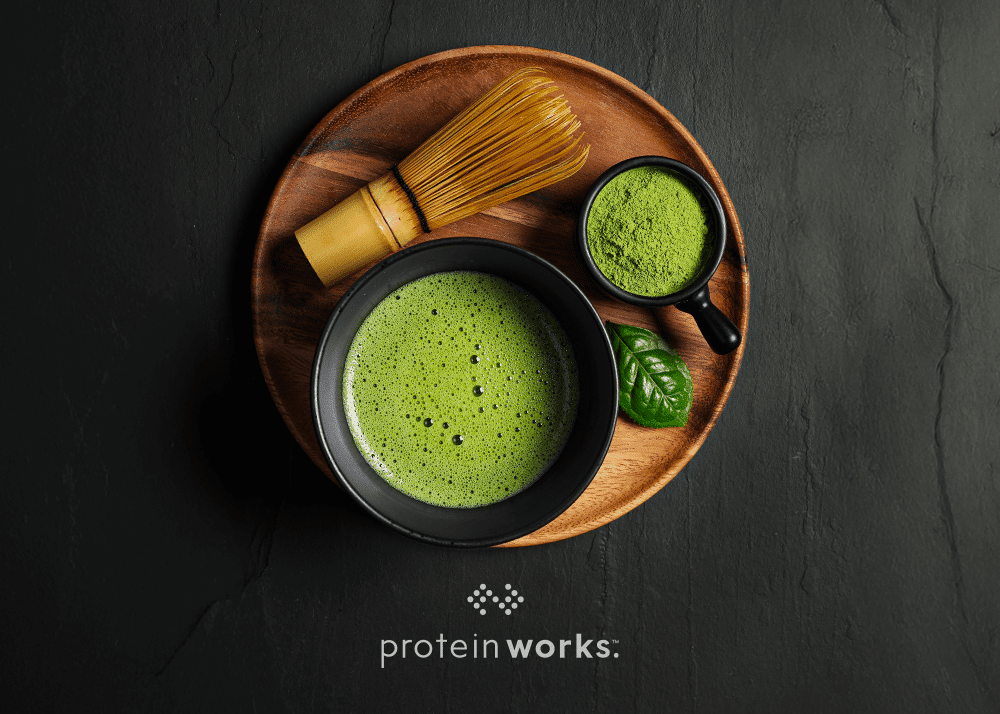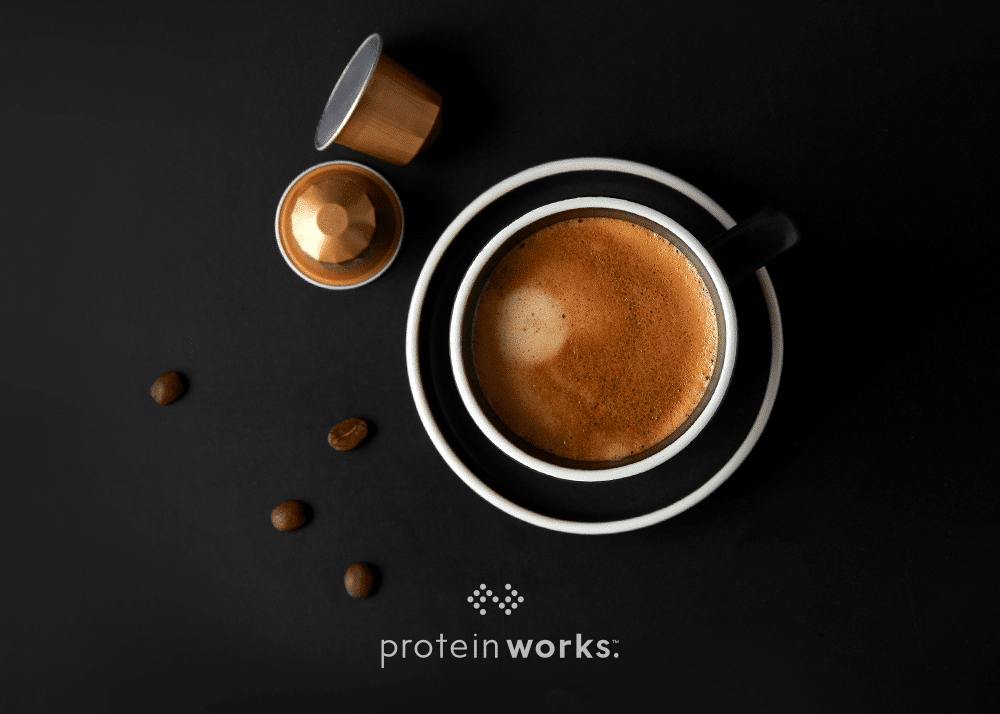
Carbohydrate Intake For Endurance Athletes
If your a runner, cyclist, or rower and want to improve your performance listen up! TPW Writer Liam Darville explains the role and importance of carbohydrate for endurance athletes.
Carbohydrate (CHO) has long been associated with improved endurance performance, particularly at high intensities. Runners, cyclists and rowers consistently found to experience improvements in a variety of aspects e.g. Power Output, following high CHO diets or following CHO supplementation. Not all exercise requires the same approach though, duration, exercise intensity and exercise mode all determinants of correct dietary implementation. Before we get into the mechanisms and other considerations, however, it is first important to define endurance exercise. Essentially when we discuss endurance exercise we are talking of ‘exercise relying predominately upon aerobic ATP (energy) production’.
So why is CHO so important? Put simply literature claims that in exercise >30 minutes the major contributors to fatigue are CHO depletion, Gastrointestinal (GI) distress, hyperthermia and hyponatremia (dangerously low blood sodium levels), this is most prevalent in events >4hrs.
CHO Transport and Utilisation
The rate limiter for CHO utilisation is gut transport. Movement out of the gut requires activation of the protein transporters SGLT-1 (glucose) and Glut 5 (Fructose), without which CHO cannot cross the gut membrane. Saturation points are 1g.min for SGLT-1 and 0.5g.min for Glut 5, above these levels CHO cannot be transported and so will remain in the gut. This has been strongly correlated to GI distress, feelings of nausea and ultimately inhibited performance.
Beyond the gut, enzymes heavily involved in glucose/glycogen utilisation e.g. Glycogen Phosphorylase and Citrate Synthase, need to be exposed to elevated levels of CHO in conjunction with exercise to adapt optimally and maximise high intensity performance. By upregulating pathways such as these we maximise our ability to resynthesize ATP via the glycolytic pathway and, therefore, improve our abilities to attain and maintain high intensity efforts, delaying fatigue and optimising performance.
So we know what we want, but how do we achieve these adaptations?
To put it simply we must expose ourselves to higher levels of CHO and exercise at sufficient levels to stress the corresponding energy system i.e. the glycolytic system (N.B. rough guide >70% VO2 max). This ‘stresses’ the pathways involved in CHO transport and utilisation, resulting in adaptations to meet the demands placed upon them. Increased expression (activity) of SGLT-1 and Glut 5 protein transporters, enhance CHO absorption through the gut, transport rates ~1.26g.min noted. Resulting, therefore, in more efficient ingestion and absorption. Enzyme activity is also improved. Phosphofructokinase (PFK), Hexokinase and Pyruvate Dehydrogenase (PDHa), key rate limiting enzymes in Glycolytic energy production, see expression increased. A greater ability to access and maintain HI efforts elicited upon achievement of such adaptations. In essence by optimising CHO absorption and utilisation we allow for attainment and, more importantly, maintenance of HI performance levels. Of interest is the lack of change in Glut 4 activity, supporting the theory that it is gut transport that is the major limiter of CHO utilisation.
N.B. Glut 4 is responsible glucose transport into skeletal muscle
Dosage
Recommendations vary dependent upon athlete training status and workload. Doses range from 5-12g.kg.BW in endurance athletes. For those of a more recreational level, beginning at the bottom end of the scale and experimenting with differing intakes would be of benefit. It is worth noting that in a study investigating various intake levels, participants consuming 8.4g.kg.BW vs 5g.kg.BW achieved much larger adaptations, however, intakes of a level above this did not seem to induce any further significant improvements. Therefore, individuals need to allow themselves time to experiment with differing CHO intake and monitor results prior to implementing any pre-race strategies.
Supplementation
Carbohydrate electrolyte drinks, gels and energy bars are often used to aid performance. The composition and use of these ergogenic aids should be grounded in science. Different event durations benefit from different intakes. Surprisingly, events <60 minutes are believed to be significantly improved via CHO mouth rinse alone. Although mechanisms are currently debated the common consensus is that oral receptors detect the presence of CHO. They then relay this to the brain, stimulating the central nervous system (CNS) and eliciting responses in skeletal muscle and proteins thus increasing subsequent performance. Durations above this have a more defined structure.
Duration Intake of CHO
60-120 minutes 30g.min
120-180 minutes 60g.min
>150 minutes 90g.min
Particular attention should be paid to CHO intake >60g.min. In supplementation of this quantity it is important to utilise CHO sources containing both Glucose and Fructose, preventing saturation of the SGLT-1 transporter and the associated GI distress often evident. Activation of both the SGLT-1 and Glut 5 protein transporters through multiple CHO sources enhances absorption and, therefore, availability of CHO. This strategy is known as Multiple Transportable Carbohydrate (MTC) supplementation.
In events lasting >180 minutes a technique known as ‘Carbohydrate Loading’ may be very beneficial. A comprehensive look into ‘Carb Loading’ is beyond the scope of this article, but I will be writing an article shortly on this so keep an eye out!
In a nutshell ‘Carb Loading’ takes advantage of the greater insulin sensitivity induced by exercise. Post exercise the body is primed to replenish its depleted glycogen stores. Manipulation of training to induce glycogen depletion within the body initiates a state of hyperinsulinemia. Following this with an artificially high CHO intake, ~12g.kg.BW, maximises glycogen stores within the body, leading to better performance on race day. The protocol requires specific planning and alterations to both training and diet which can be of issue to some athletes, especially those with very specific pre-race routines. I will get into the nitty gritty of this in the upcoming article.
So what do I take from this?
· Carbohydrate is required to fuel high intensity efforts.
· Optimising gut and enzymatic adaptations increases our ability to utilise CHO and attain peak performance.
· A combination of exercise and CHO exposure elicits the best adaptation
· Fatigue in exercise of a duration >30 minutes is linked to CHO depletion
· Different exercise durations benefit from different levels of CHO supplementation
References
Arkinstall, MJ, Bruce, CR, Nikolopoulos, V, Garnham, AP and Hawley, JA (2001) Effect of Carbohydrate Ingestion on Metabolism during Running and Cycling. Journal of Applied Physiology, 91, pp. 2125-2134.
Bartlett, JD, Hawley, JA and Morton, JP (2015) Carbohydrate Availability and Exercise Training Adaptation: Too much of a Good Thing? European Journal of Sport Science, 15(1), pp. 3-12.
Bigrigg, JK, Heigenhauser, CJF, Inglis, JG, LeBlanc, PJ and Peters, SJ (2009) Carbohydrate Refeeding after a High-Fat Diet Rapidly Reverses the Adaptive Increase in Human Skeletal Muscle PDH Kinase Activity. American Journal of Physiology – Regulatory, Integrative and Comparative Physiology, 297, pp. 885-891.
Burke, LM (2010) Fuelling Strategies to Optimise Performance: Training High or Training Low? Scandinavian Journal of Medicine and Science in Sports, 20(2), pp. 48-58.
Burke, LM, Wood, C, Pyne, DB, Telford, RD and Saunders, PU (2005). Effect of Carbohydrate Intake on Half-Marathon Performance of Well-Trained Runners. International Journal of Sport Nutrition and Exercise Metabolism, 15, pp. 573-589
Burke, LM, Hawley, JA, Wong, SHS and Jeukendrup, AE (2011) Carbohydrates for Training and Competition. Journal of Sports Sciences, 29(1), pp. 17-27.
Cermak, NM and van Loon, JC (2013) The Use of Carbohydrates during Exercise as an Ergogenic Aid. Sports Medicine, 43, pp. 1139-1155.
Daniels, JL, Bloomer, RJ, van der Merwe, M, Davis, SL, Buddington, KK, and Buddington, KK (2016) Intestinal Adaptations to a Combination of Different Diets with and without Endurance Exercise. Journal of the International Society of Sports Nutrition, 13 (35).
Esteve-Lanao, J, Foster, C, Seiler, S and Lucia, A (2007) Impact of Training Intensity Distribution on Performance in Endurance Athletes. Journal of Strength and Conditioning Research, 21(3), pp. 943-949.
Hargreaves, M, Hawley, JA and Jeukendrup, AE (2004) Pre-Exercise Carbohydrate and Fat Ingestion: Effects on Metabolism and Performance. Journal of Sports Sciences, 22, pp. 31-38.
Hawley, JA, Tipton, KD, and Millard-Stafford, ML (2006) Promoting Training Adaptations Through Nutritional Interventions. Journal of Sports Sciences, 24(7), pp 709-721.
Jeukendrup, AE (2008) Carbohydrate Feeding During Exercise. European Journal of Sport Science, 8(2), pp 77-86.
Jeukendrup, A. (2014) A Step Towards Personalised Sports Nutrition: Carbohydrate Intake During Exercise. Journal of Sports Medicine, 44(1), pp. 25-33.
Pfeiffer, B, Cotterill, A, Grathwahl, D, Stelingwerff, T and Jeukendrup, AE (2009) The Effect of Carbohydrate Gels on Gastrointestinal Tolerance during a 16km Run. International Journal of Sport Nutrition and Exercise Metabolism, 19, pp. 485-503.
Richter, EA and Hargreaves, M (2013) Exercise, Glut 4 and Skeletal Muscle Glucose Uptake. Physiology Review, 93, pp. 993-1017.
Spriet, LL and Watt, MJ (2003) Regulatory Mechanisms in the Interaction between Carbohydrate and Lipid Oxidation during Exercise. Acta Physiologica Scandinavia, 178, pp. 443-452.
Stellingwerff, T and Cox, GR (2014) Systematic Review: Carbohydrate Supplementation on Exercise Performance or Capacity of Varying Durations. Applied Physiology, Nutrition and Metabolism, 39, pp. 998-1011.






No Comments yet!